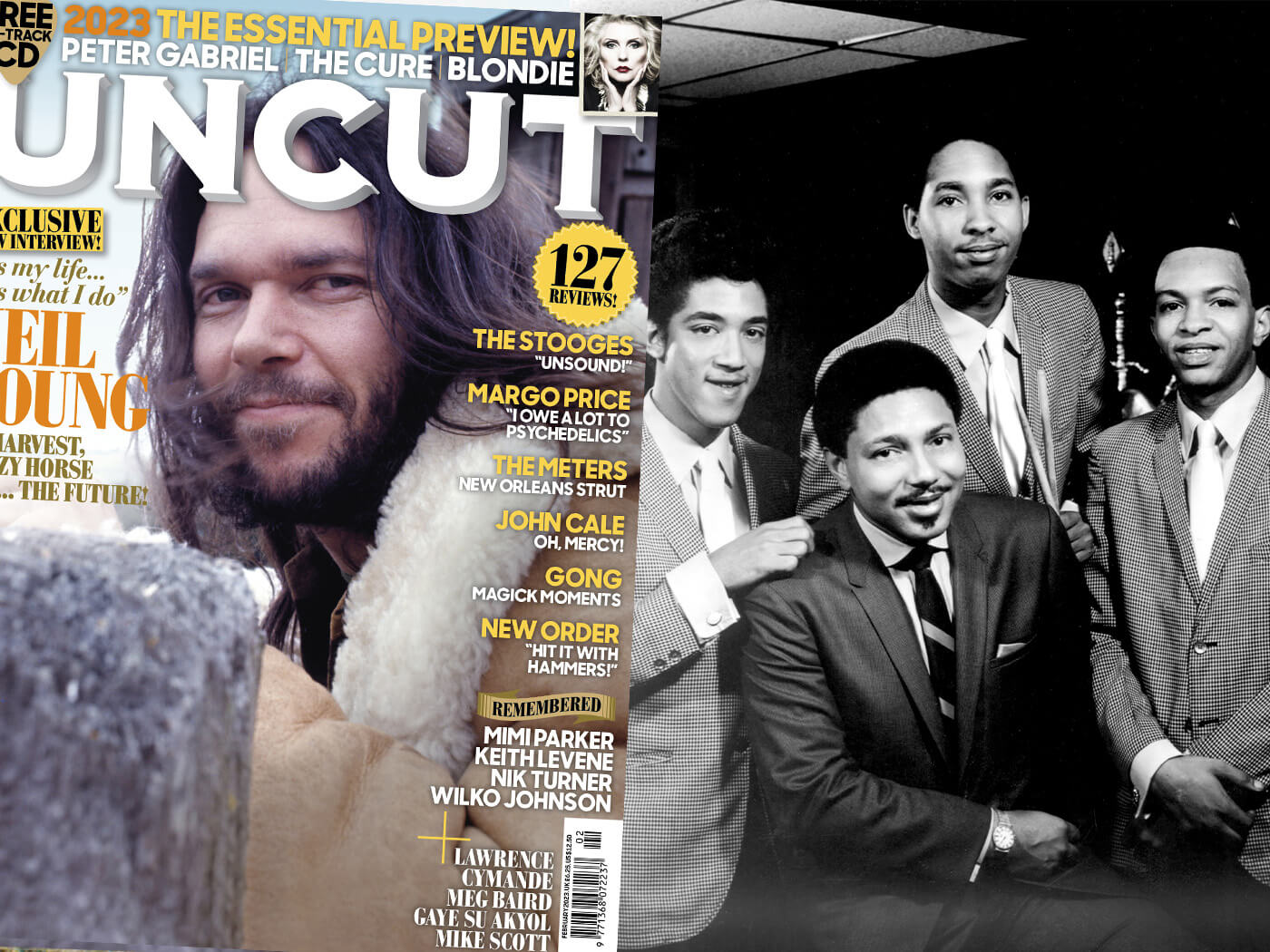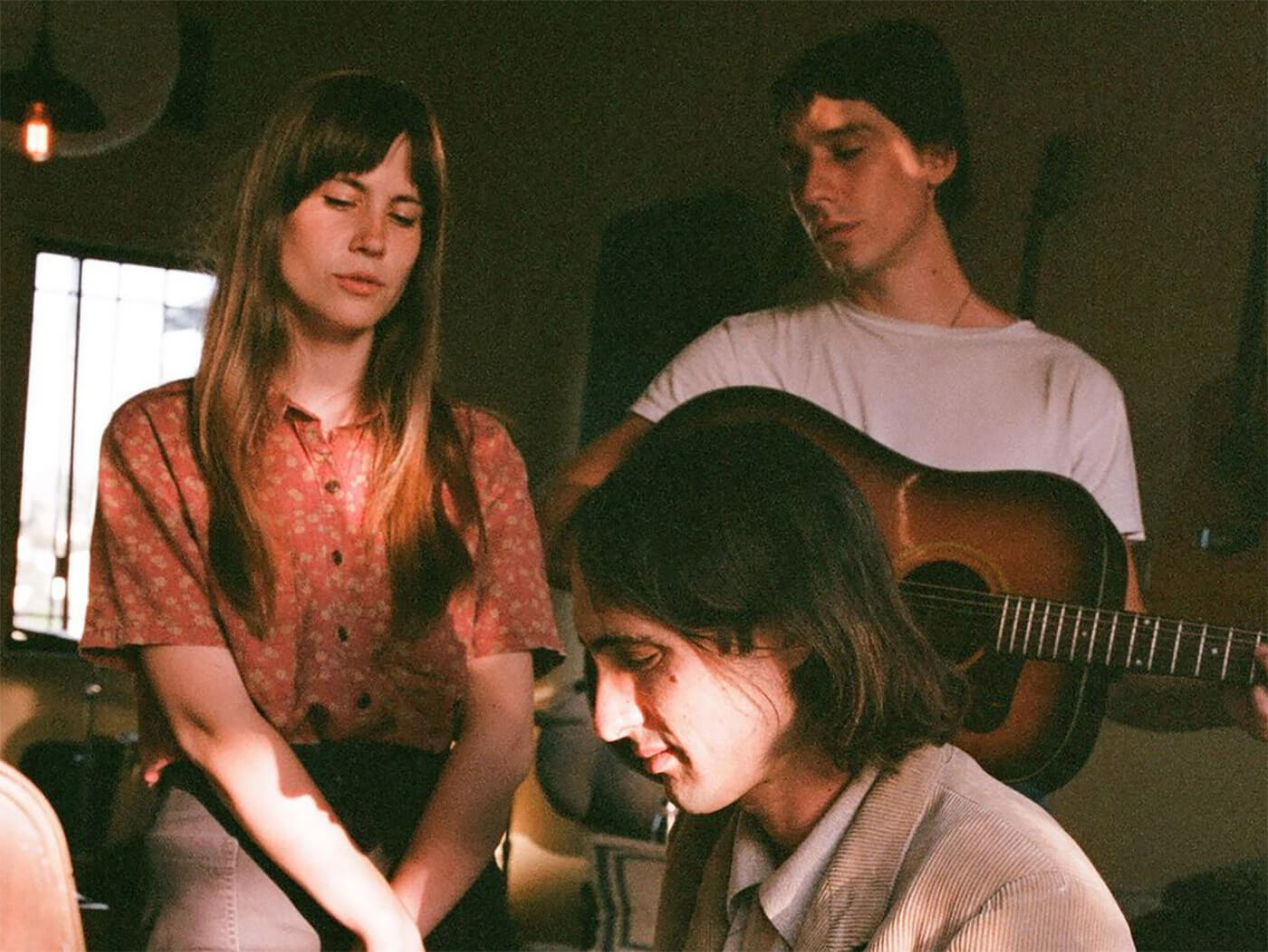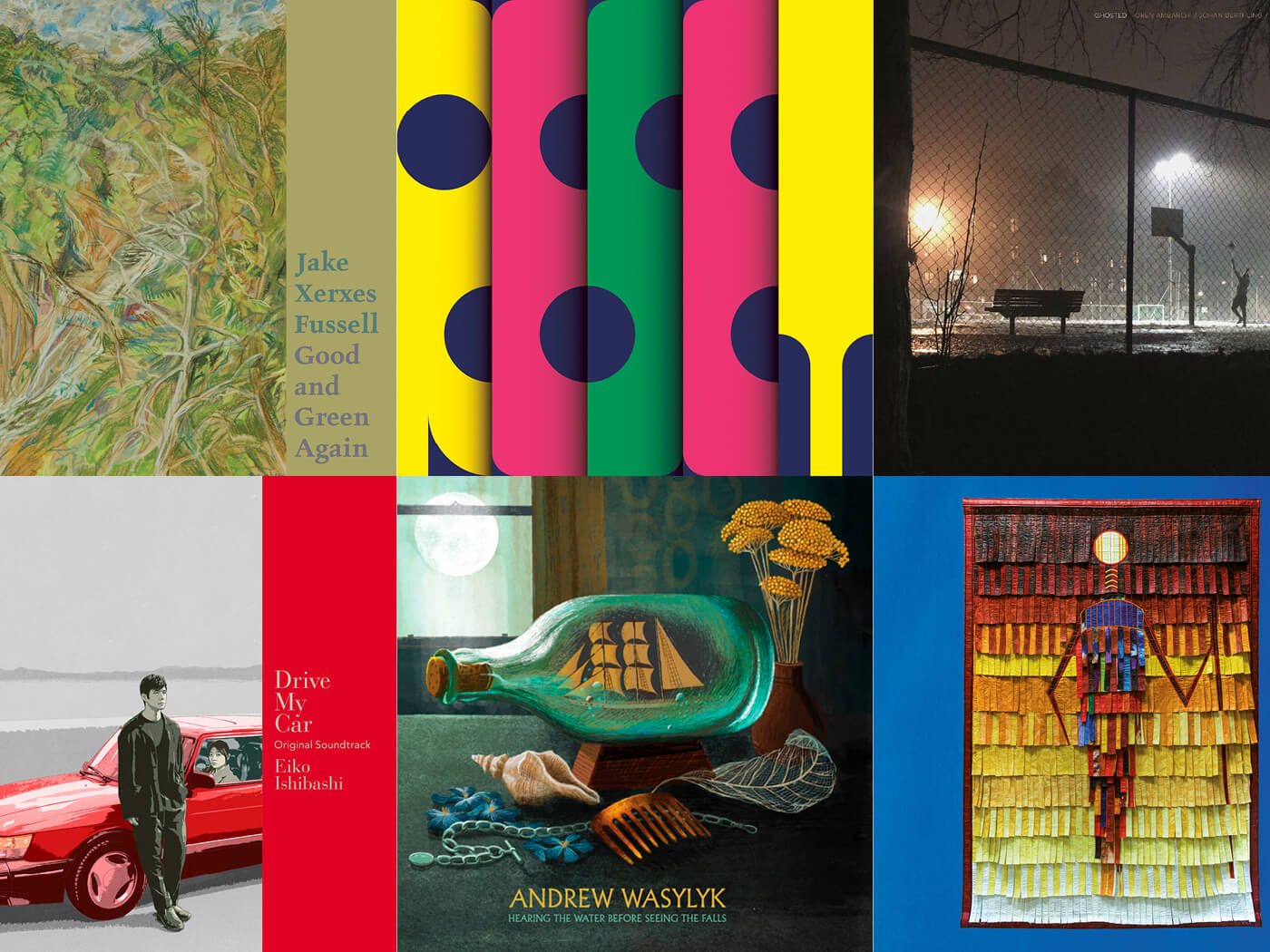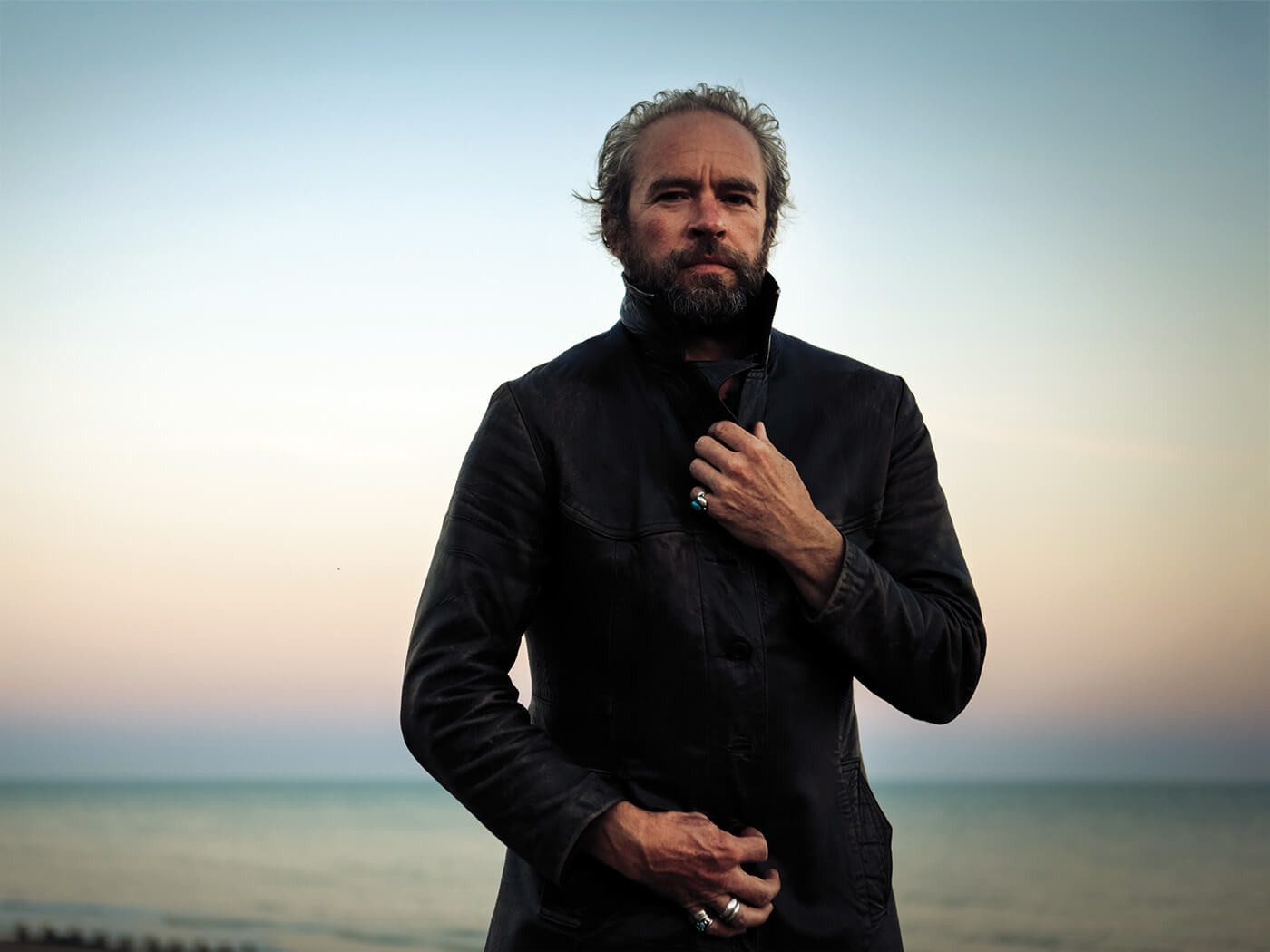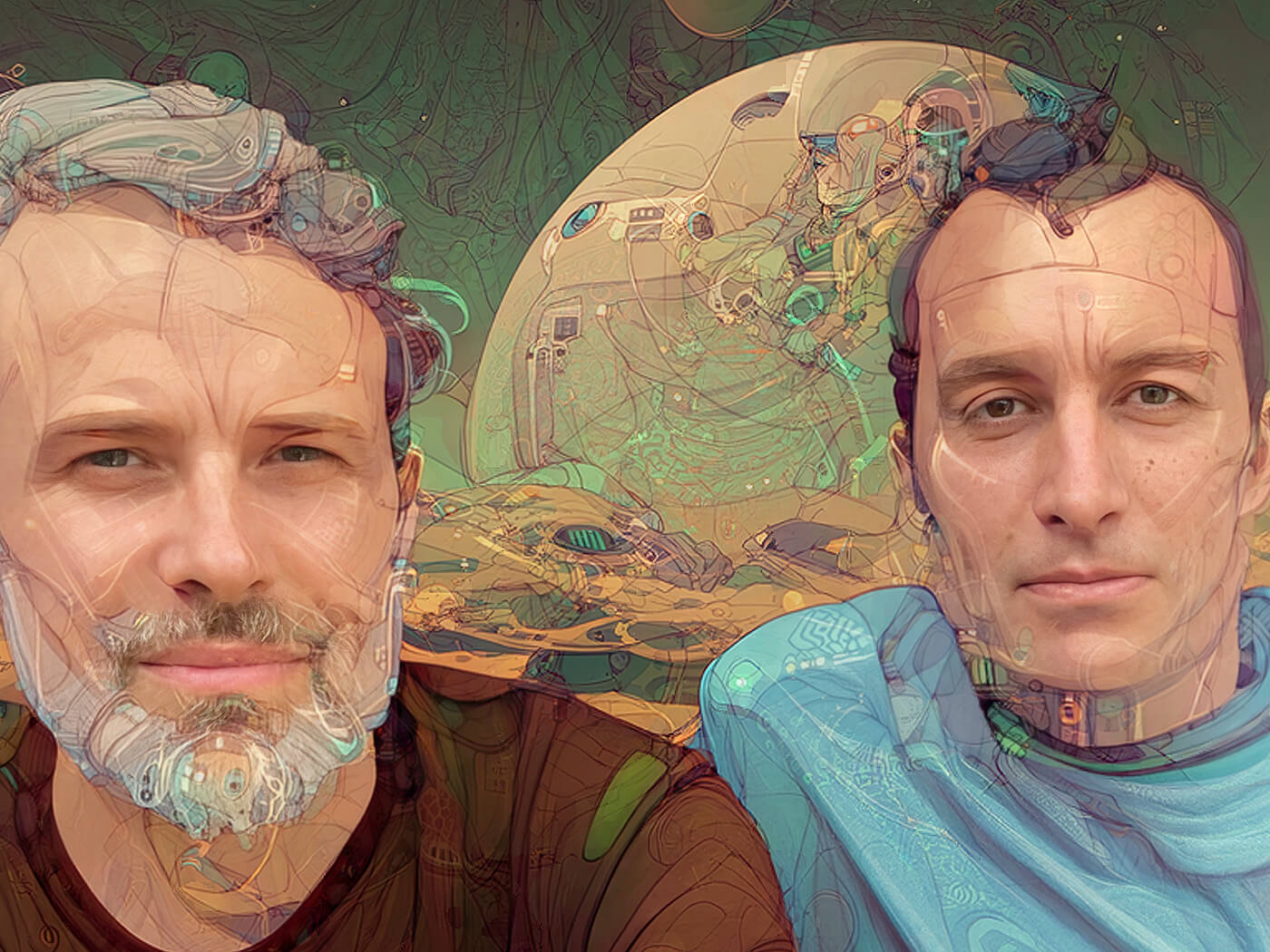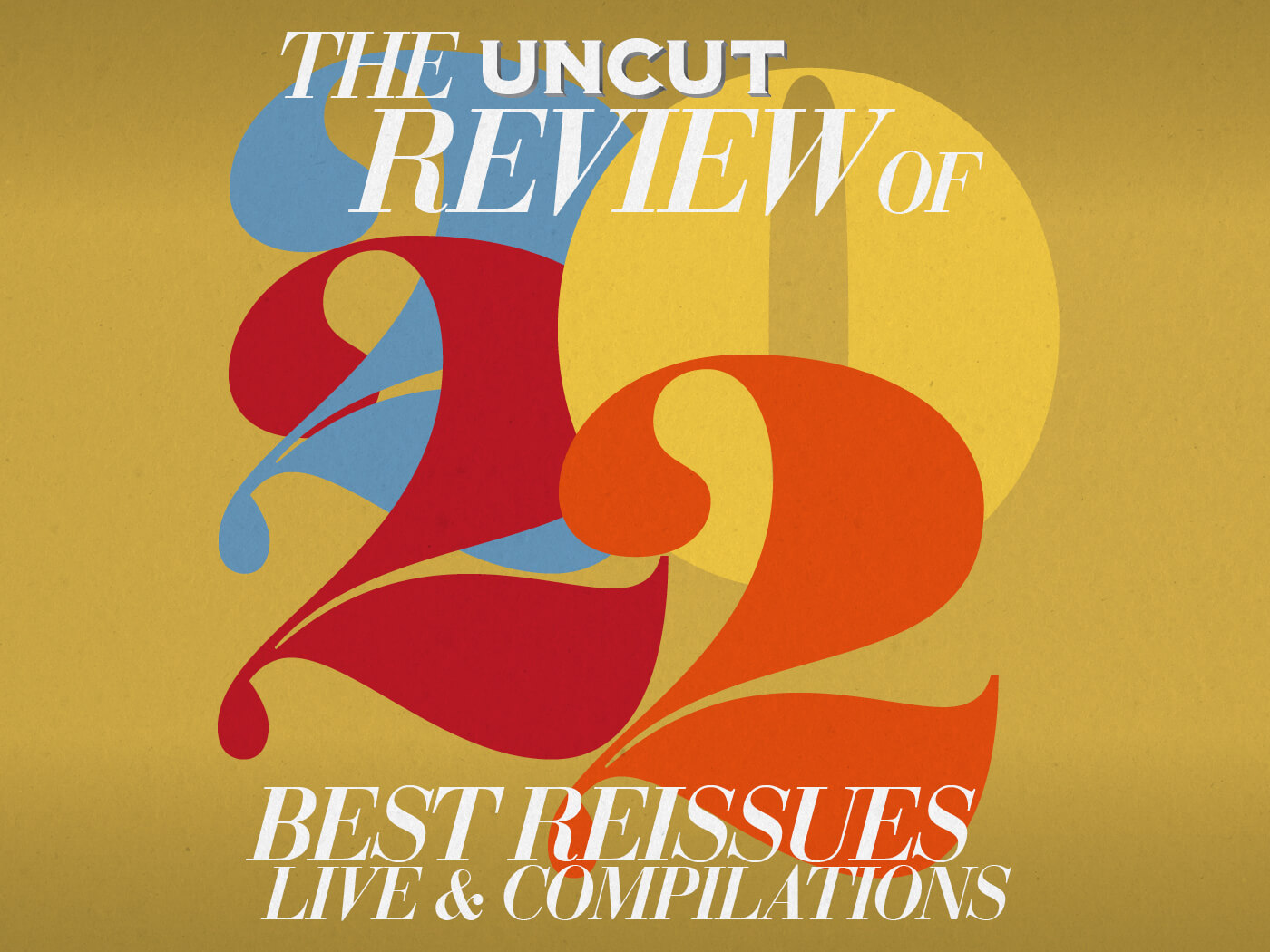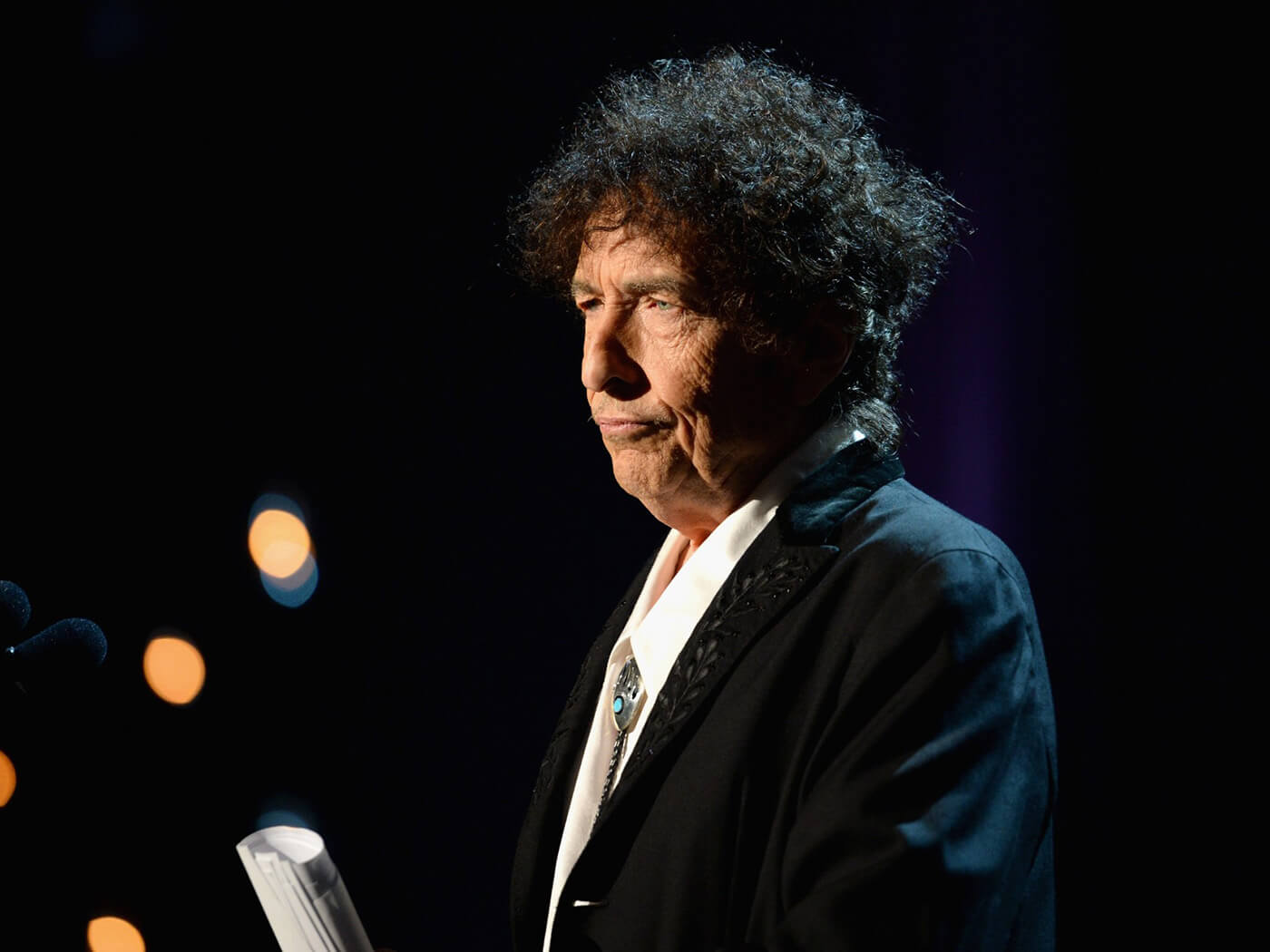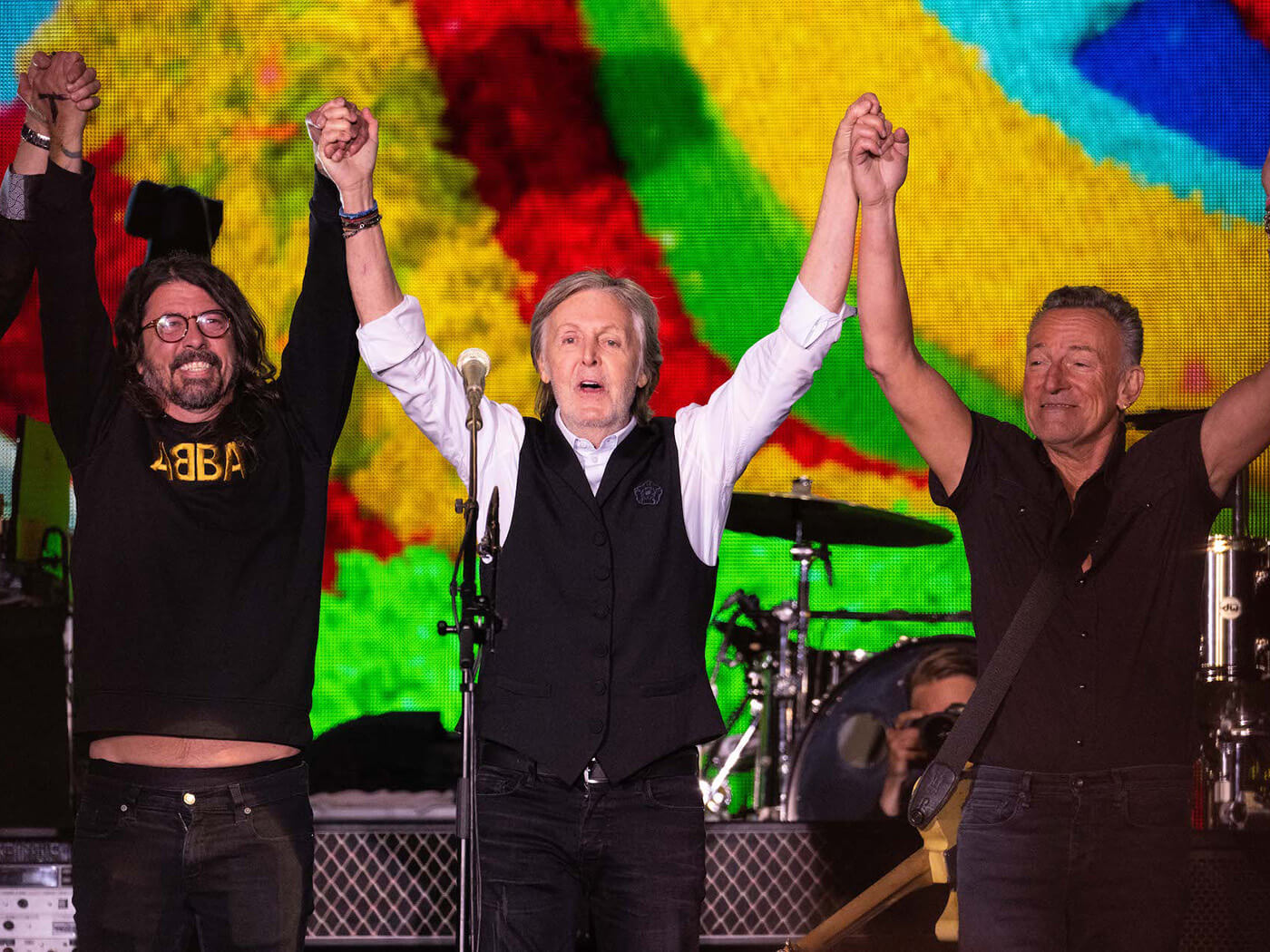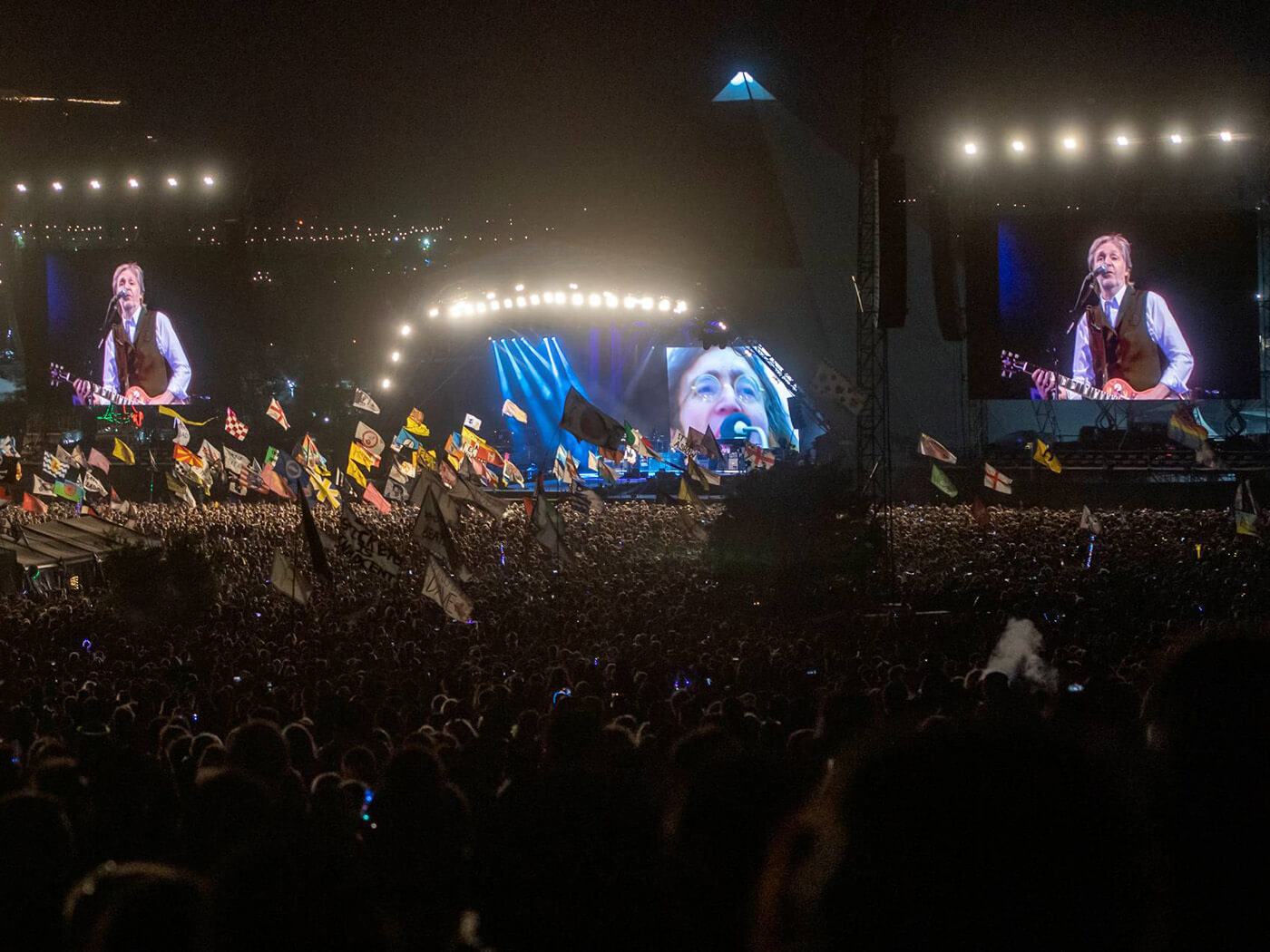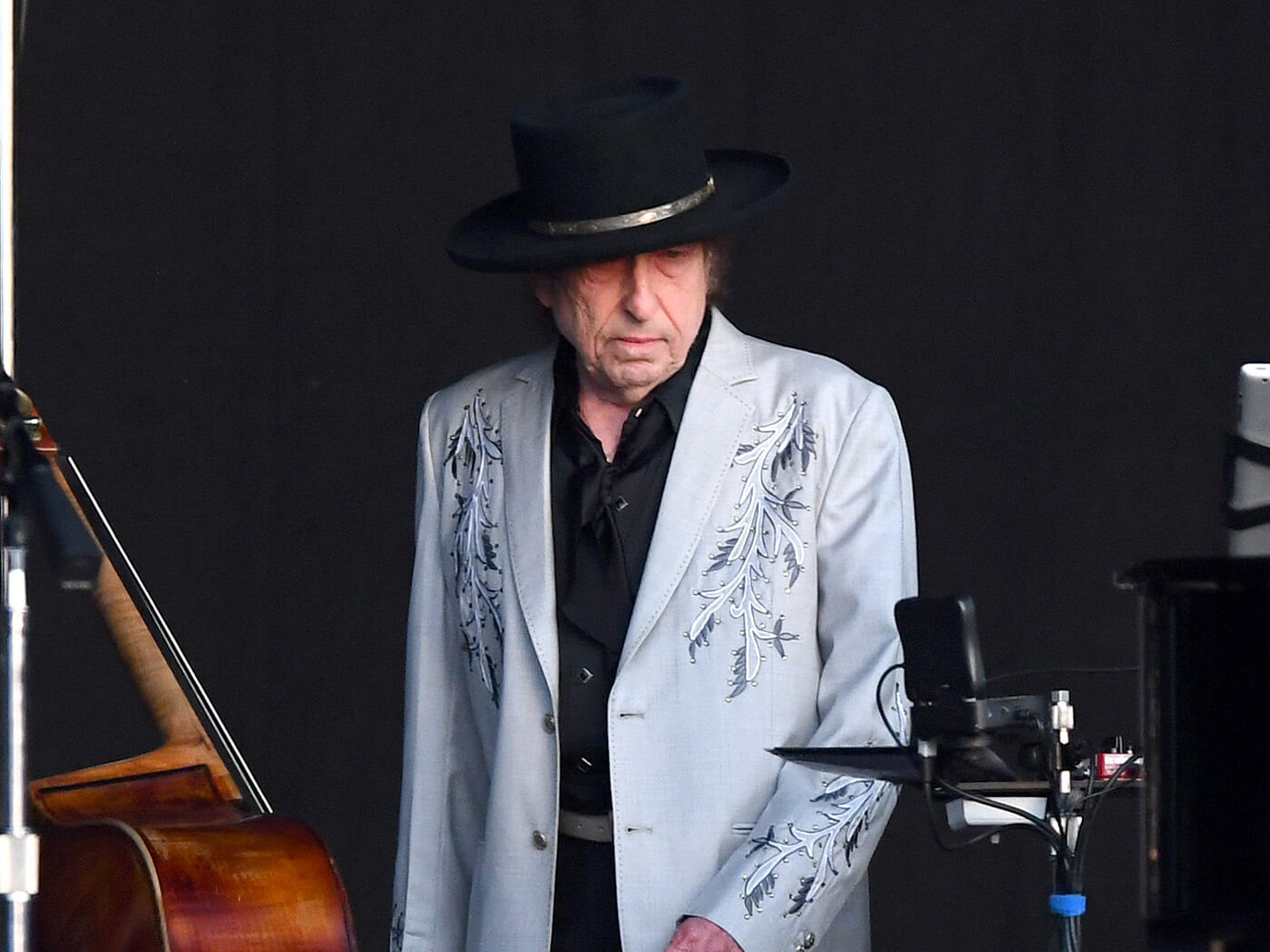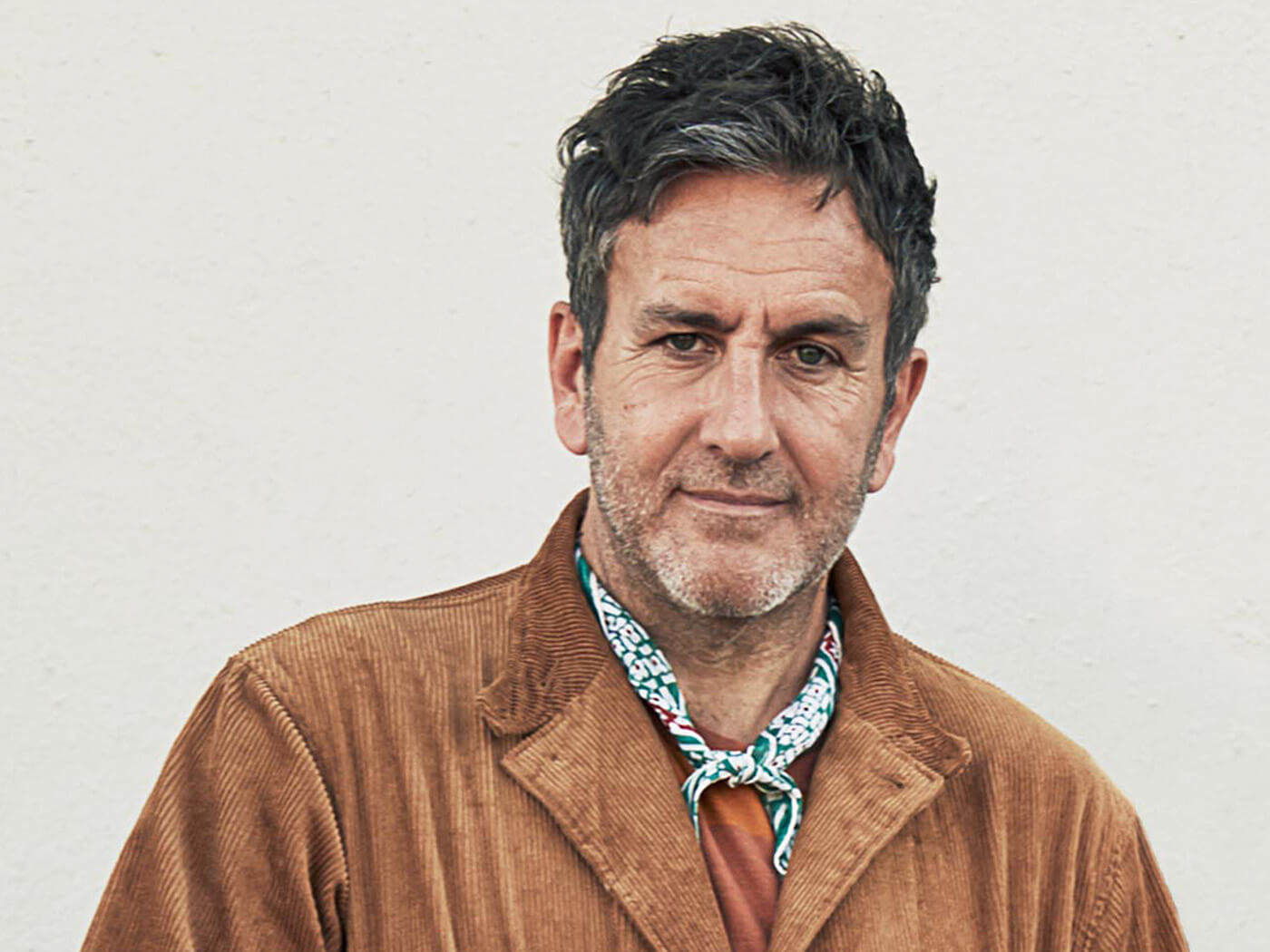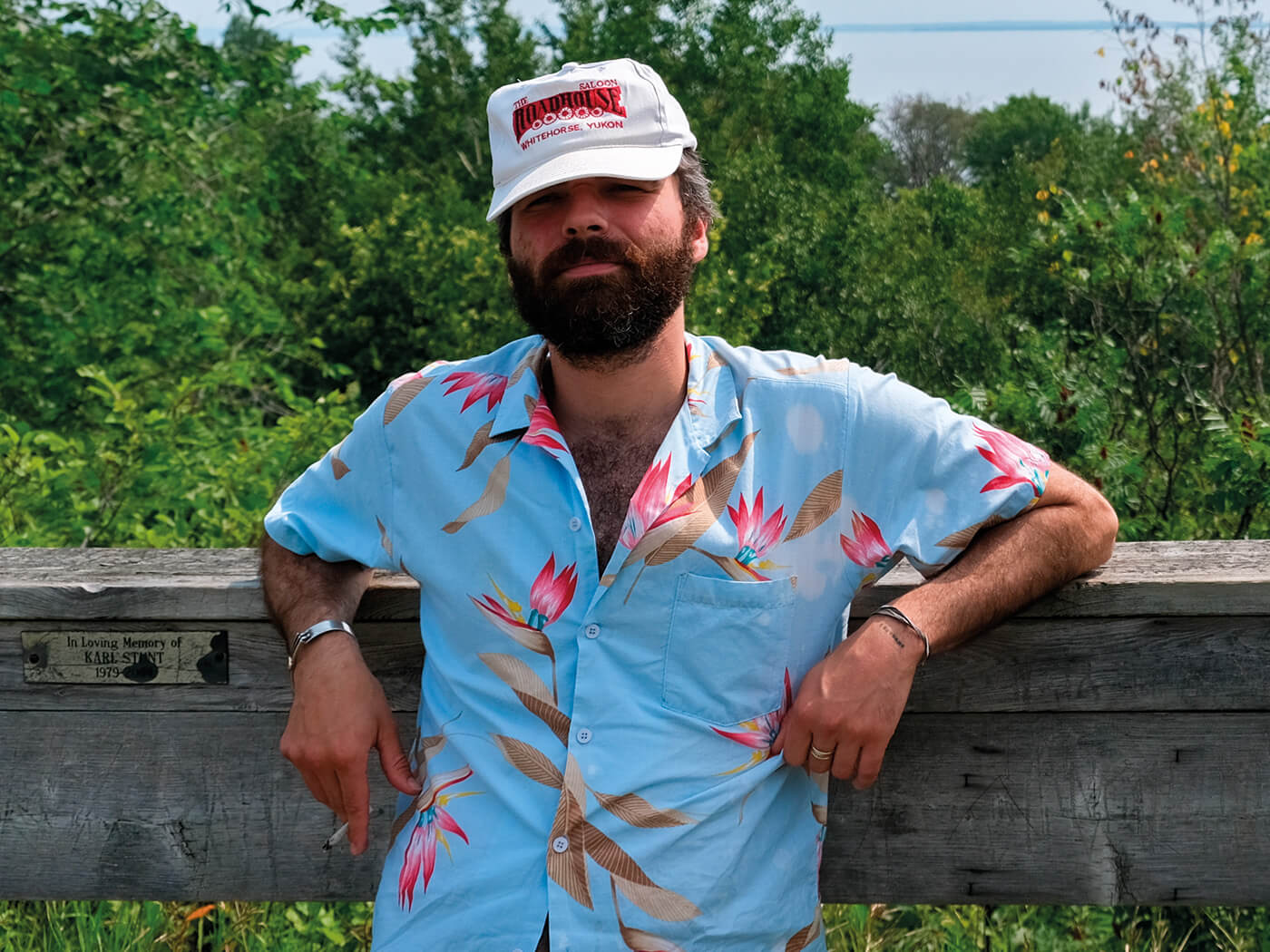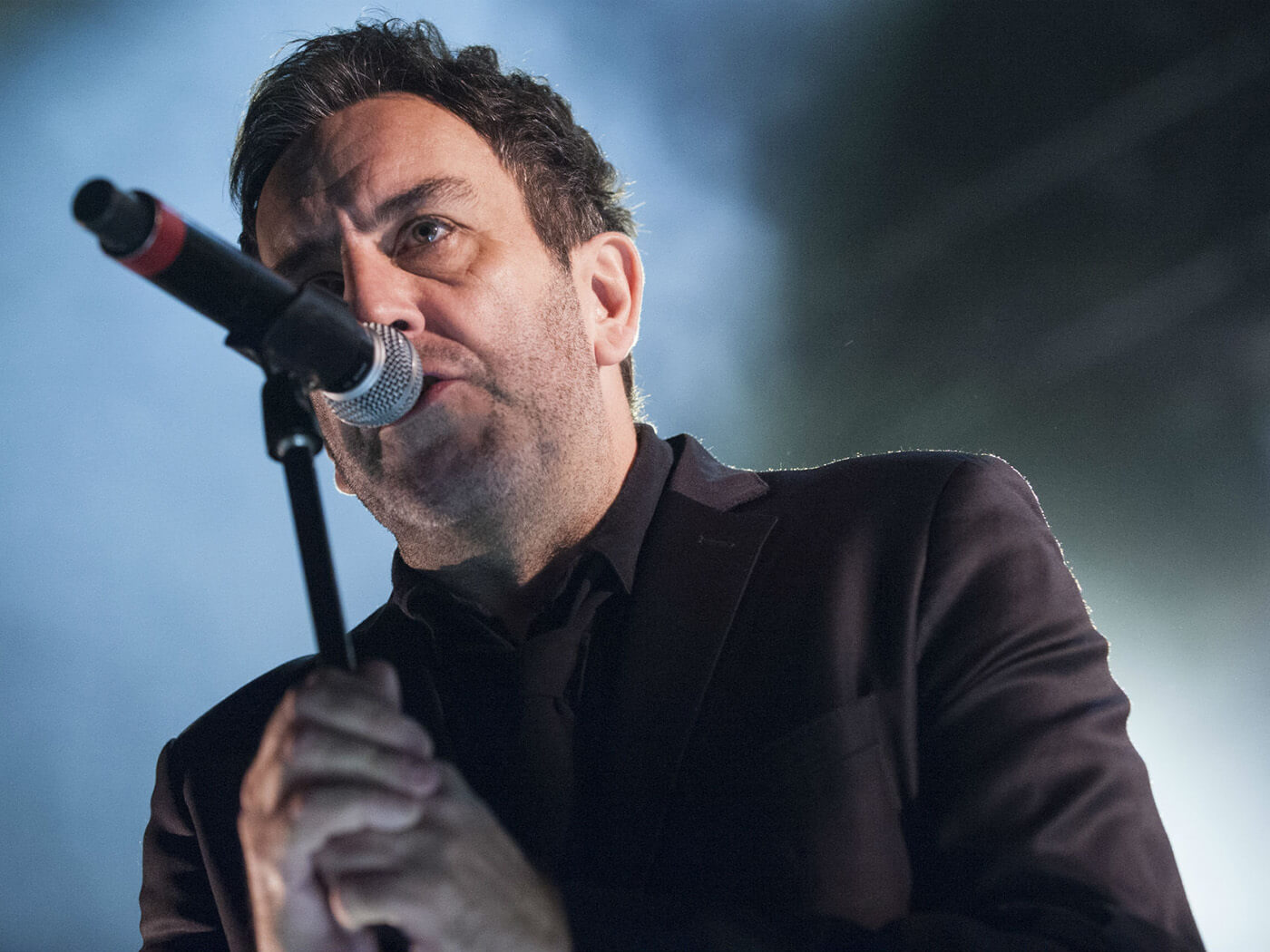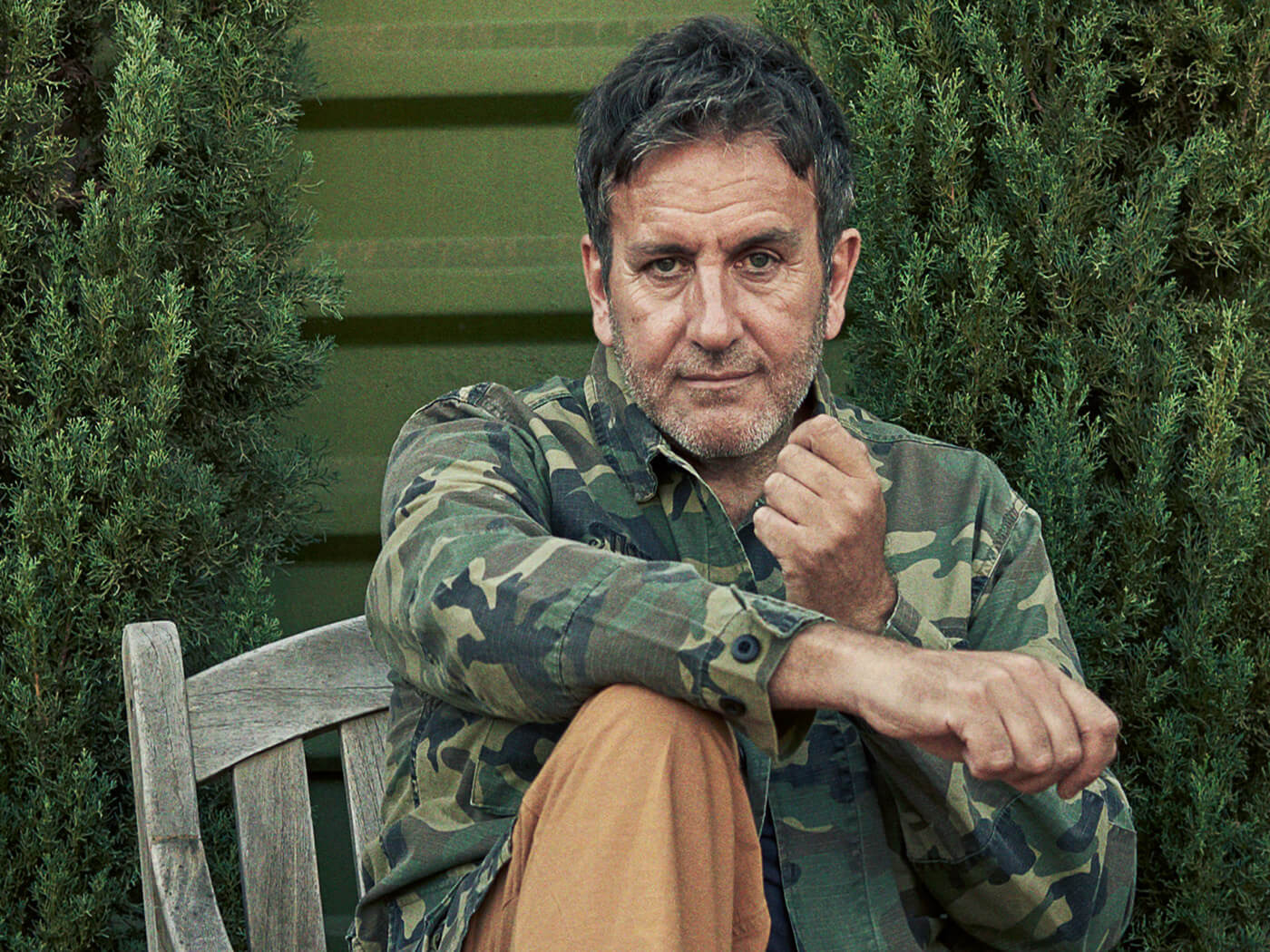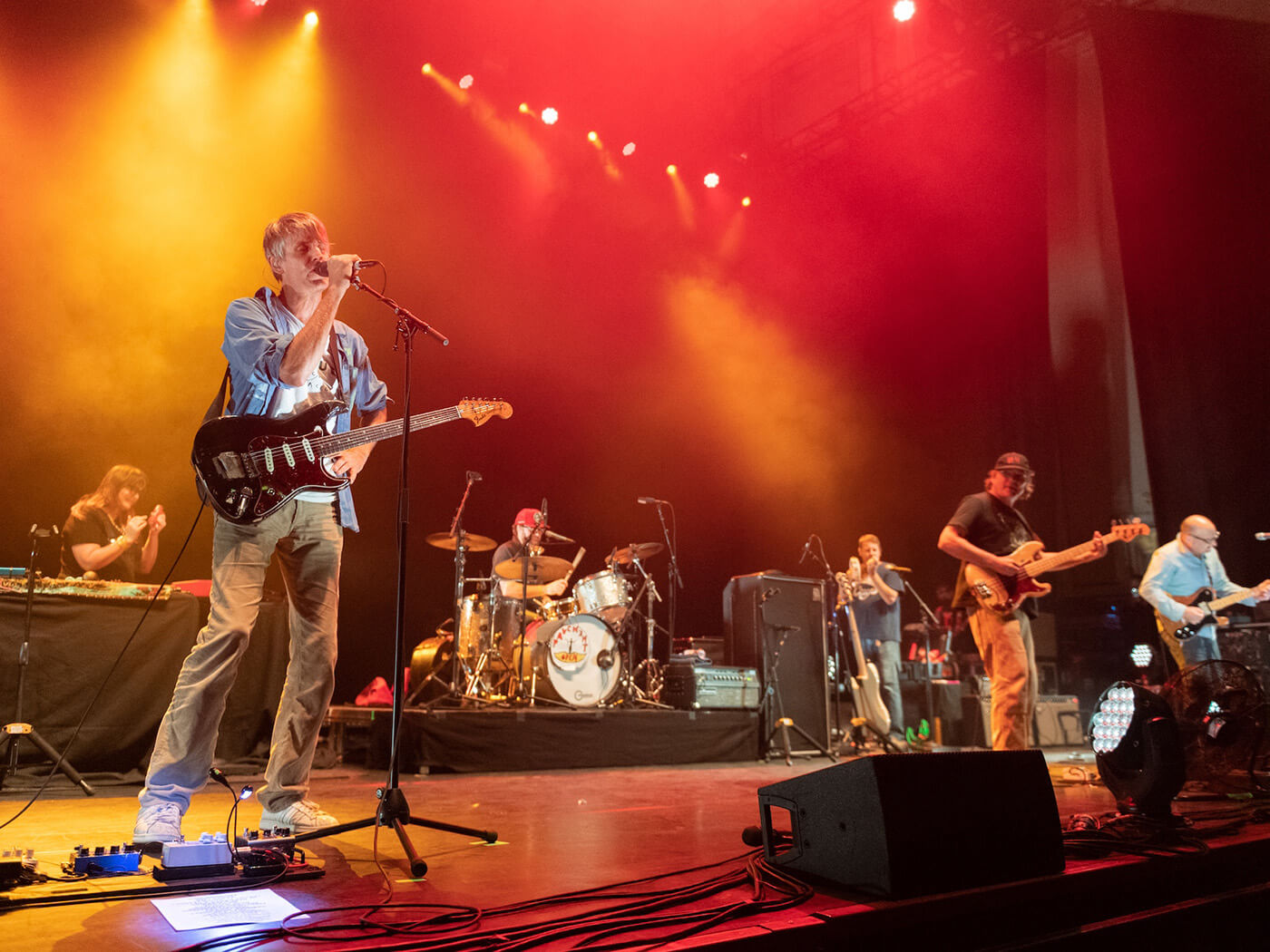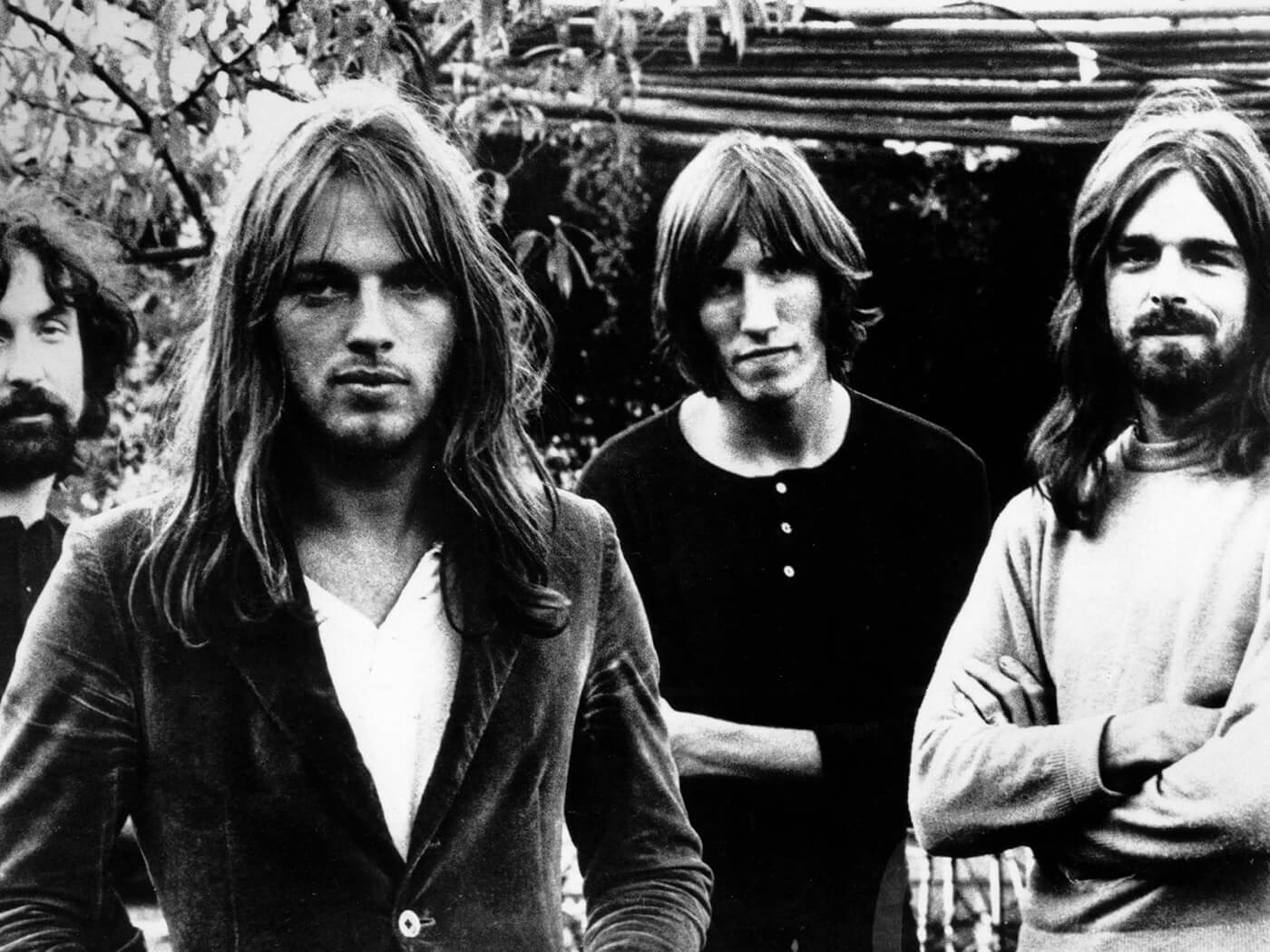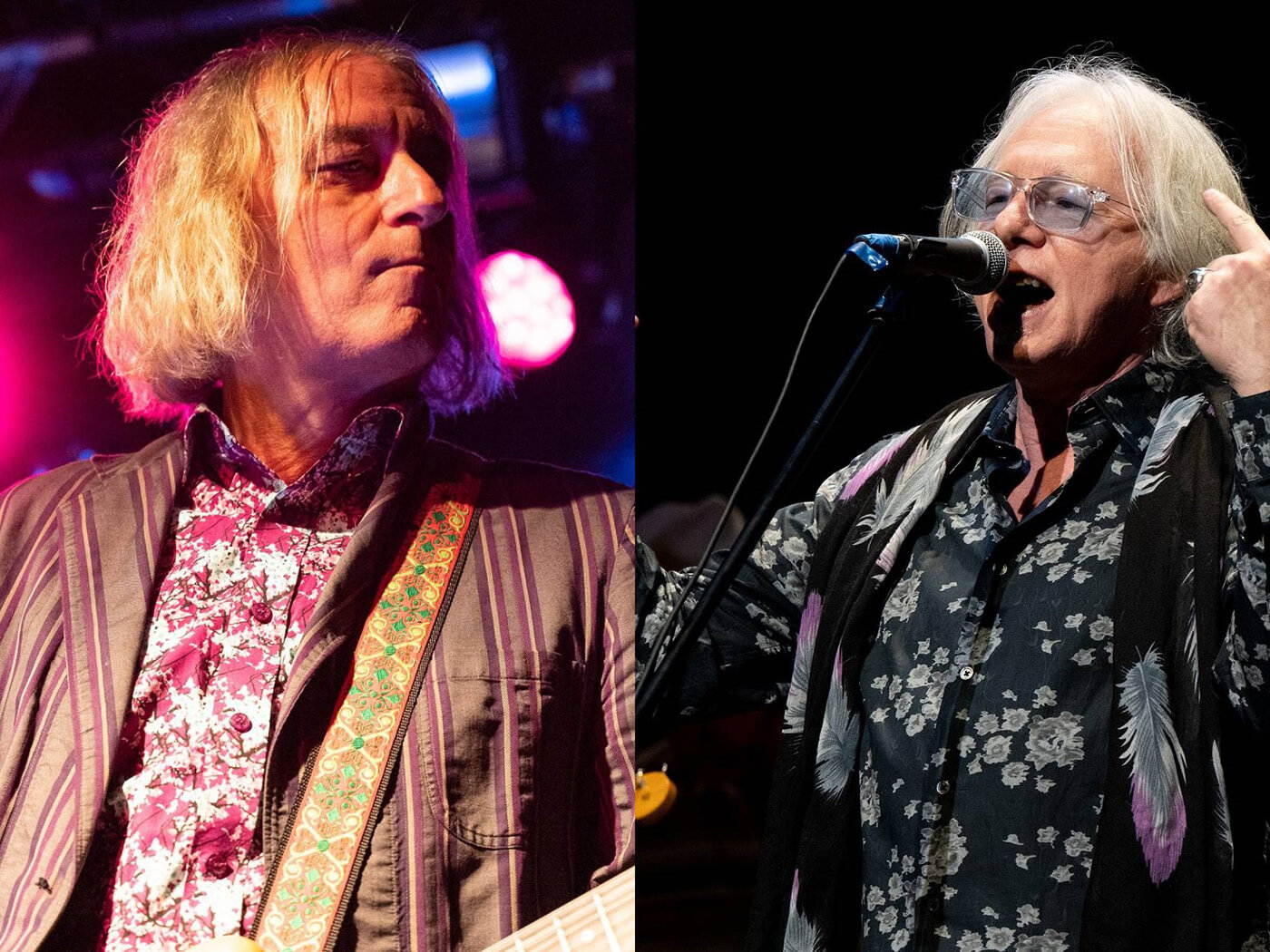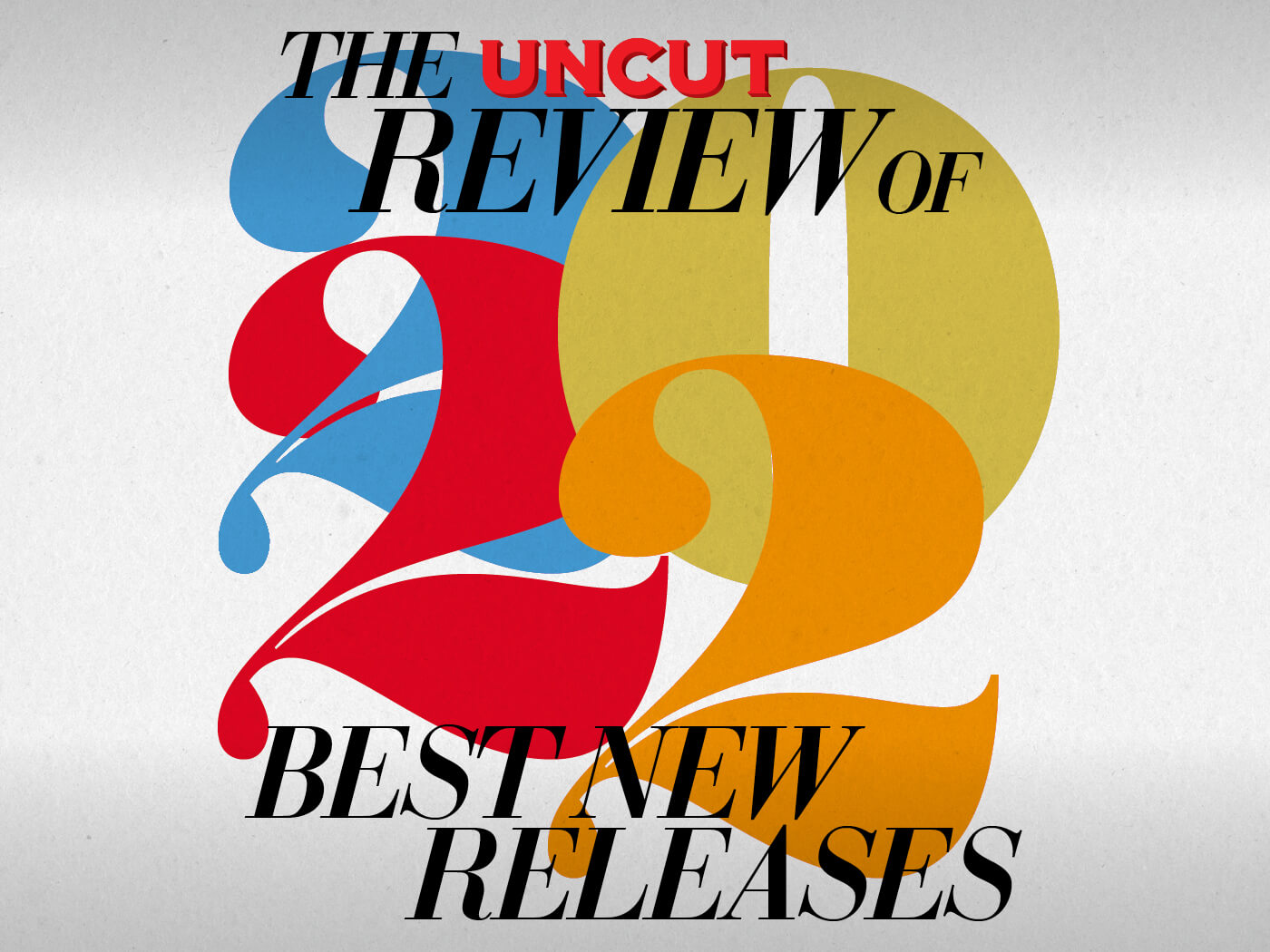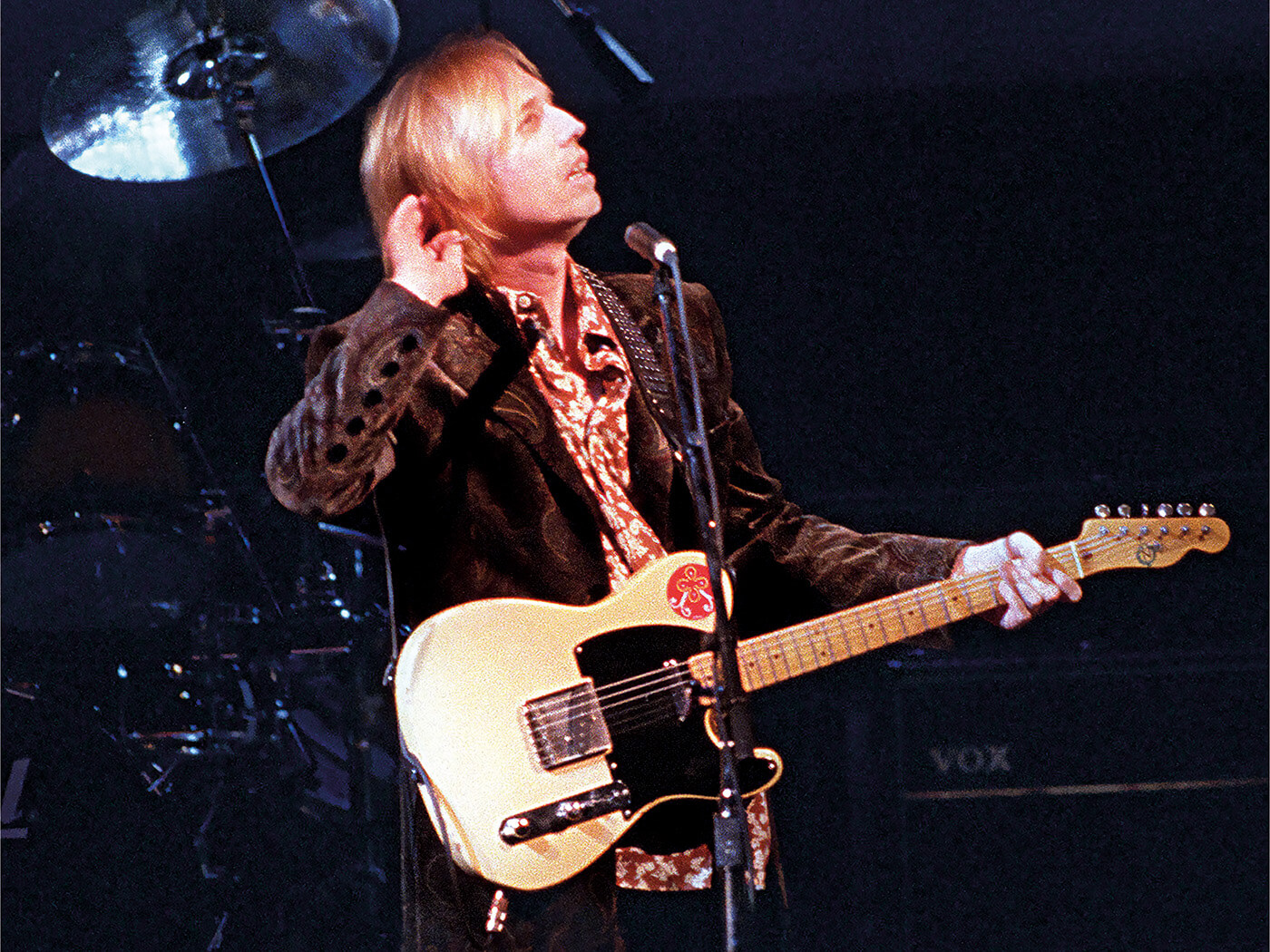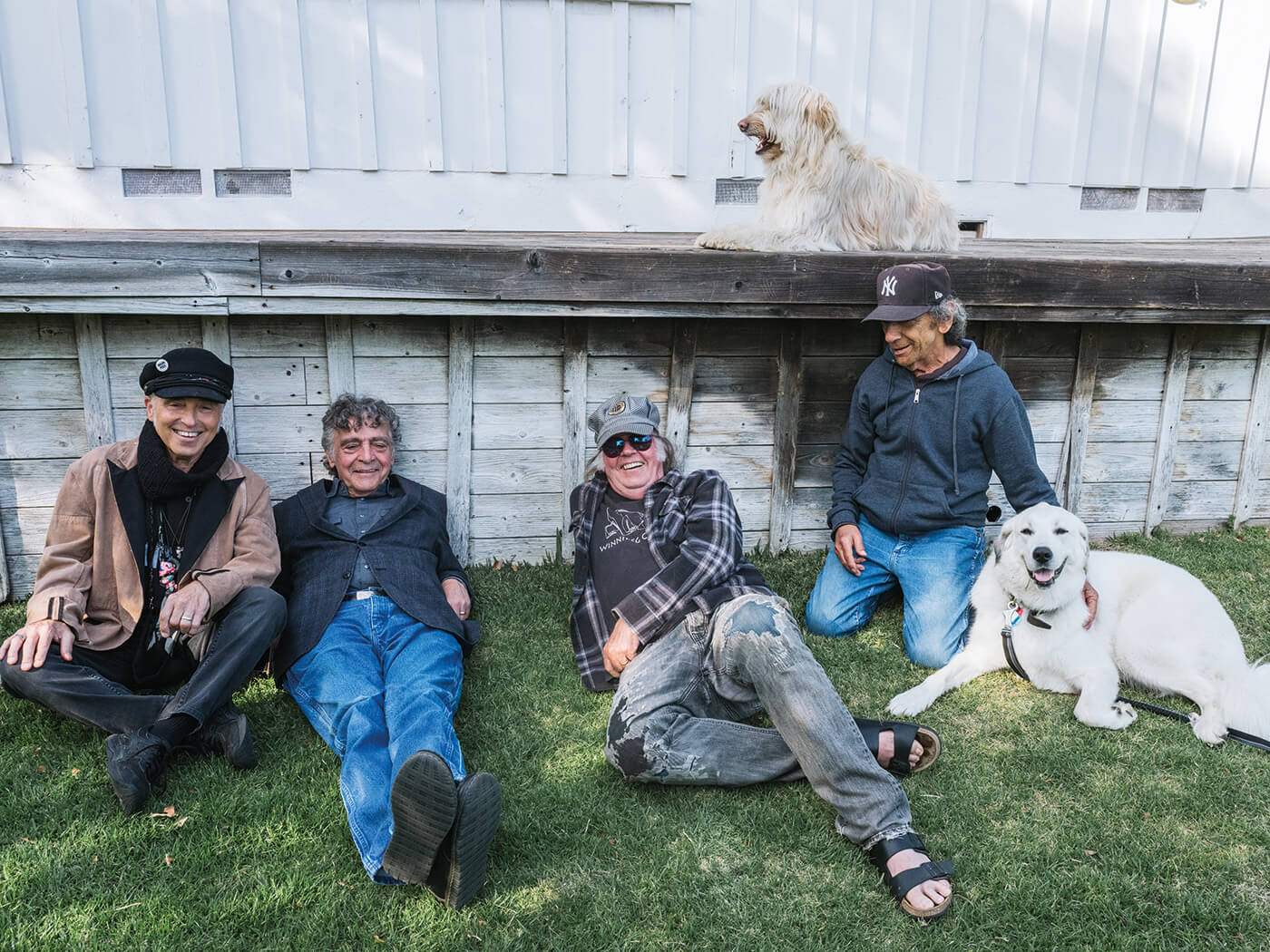50 DRIVE-BY TRUCKERS
Welcome 2 Club XIII
ATO
Making a sharp detour from the band’s last two records, which were steeped in politics and protest, the Truckers’ 14th was named after an insalubrious Muscle Shoals bar where founding members Patterson Hood and Mike Cooley got their break. What followed was a vivid acclamation of their 37 years together, from dive bars in nowhere towns, to drives through the South’s empty backroads, sung over characteristically walloping Southern rock.
49 BILL CALLAHAN
DRAG CITY
This album’s cast of boll weevils, coyotes and dead horses may have appeased Smog fans who’ve felt Bill’s been a bit too upbeat in recent years. But the likes of “First Bird” and “Natural Information” were still infused with a homely bliss, lifted by horns and harmonies; Callahan was just sagely pointing out that reality – or – is a business of extremes, for which his songs ensure we’re all better prepared.
48 CARSON McHONE
Still Life
LOOSE
A vivid presence on the Austin music scene for nearly a decade, McHone’s ambitious third album felt like a widening of her acoustic roots. Adding swishy R&B, some Southern soul, rockier moments and even strings to the mix, McHone’s unsentimental tales of emotional attachment and release proved remarkably resilient to the colourful embellishments she and producer (and now husband) Daniel Romano brought to them.
47 RICH RUTH
I Survived, It’s Over
THIRD MAN
A versatile Nashville player, Michael Rich Ruth can make Fripped–out ambience as well as the crunchy Southern rock he cranks out as touring guitarist for SG Goodman. Here he simply did both at once, before inviting a bunch of free-jazz musicians to exorcise their demons or summon their deities over the top. The result was a hugely satisfying album of deep, celestial jam-rock: never indulgent, always exhilarating.
46 BJÖRK
Fossora
ONE LITTLE INDEPENDENT
Following the heady bliss of 2017’s Utopia, Björk fell back to earth with a bang on her 10th album, returning to Reykjavik and confronting the loss of her mother, the joy of becoming a grandmother, and the strange, rhizomatic magic of mushrooms. Fossora was the sound of a sonic adventurer striking out into her own musical cosmos, composing for bass clarinets while raving through lockdown to the pulverising beats of Indonesian gabba.
45 ALDOUS HARDING
Warm Chris
4AD
The New Zealander has described herself as a “song actor” and her fourth album of elliptical art songs, produced once again by PJ Harvey mainmain John Parrish, found her taking on a starry array of new roles, notably Lou Reed on “Tick Tock”, Neil Young on “She’ll Be Coming Round The Mountain” and Vashti Bunyan on “Staring At Henry Moore”. But with distinctive poise she drew these disparate voices into her skewed, surreal, subtly subversive universe.
44 MAKAYA McCRAVEN
In These Times
INTERNATIONAL ANTHEM
Though renowned as an inventive jazz drummer, McCraven is also a talented composer, arranger and programmer. Those skills came to the fore on his sixth album, recorded piecemeal over the course of seven years with a cast of Chicago luminaries but always sounding like a unified work: the lush, sweeping visions of Charles Stepney or David Axelrod allied to the addictive lollop of J Dilla’s beats.
43 REVELATORS SOUND SYSTEM
Revelators 3
7d03d
MC Taylor is best known as the singer-songwriter with Hiss Golden Messenger, but Revelators Sound System – a collective formed with Spacebomb’s house bassist Cameron Ralston – paints from a very different sonic palette. Their four-track debut album came swathed in hypnotic modal grooves, astral jazz, expansive orchestral funk and dubby ambience; a meditative and joyfully unrestrained experience.
42 JANA HORN
Optimism
NO QUARTER
The Texas songwriter had originally recorded these 10 tracks in 2018, releasing them privately during lockdown, until No Quarter (Joan Shelley, Chris Forsyth) gave the music a wider release this year. While sleepy horns and electric pianos dominate, perhaps Optimism’s strongest resonance was with Joni Mitchell’s Song To A Seagull – another intrepid record that stripped out emotional clutter, spectrally aware that more profound forces might be at play.
41 ROLLING BLACKOUTS COASTAL FEVER
Endless Rooms
SUB POP
Over the last few years, this Melbourne quintet have built up a formidable reputation for their frenetic jangle, bringing additional heft to the uptight sound of The Feelies and early REM. Their third album found them slowing down (a little), stretching out, opening up their windows and considering the bigger picture on songs like “Tidal River” and “Blue Eyed Lake”. Not country-rock exactly, but compelling rock about the country.
40 TY SEGALL
“Hello, Hi”
DRAG CITY
Foregrounding the acoustic guitar, as opposed to the overdriven/synthy sounds of his previous few albums, the finely crafted arrangements of “Hello, Hi” had an almost courtly feel, as if Ty was a medieval troubadour traversing the land dispensing hard truths: “You can’t erase the pain again”, he sang on “Blue”. “It lives inside you”. The burst of duelling saxes on “Saturday, Pt 2” was another highlight.
39 VIEUX FARKA TOURÉ ET KHRUANGBIN
Ali
NIGHT TIME STORIES/DEAD OCEANS
Despite their cosmopolitan sound, Khruangbin are cautious collaborators, keen to retain an air of minimalist mystery. But Malian guitar scion Vieux Farka Touré smoked them out of their Texas barn with a proposal to cover some of his dad’s legendary desert blues. Other bands might have tried too hard to please, but Khruangbin simply set the controls to simmer and allowed the flavours to infuse. A collaboration of rare understanding and easygoing charm.
38 COURTNEY MARIE ANDREWS
Loose Future
FAT POSSUM
“Will I ever love again?” Andrews asked on 2020’s break-up document, Old Flowers – and subsequently, Loose Future found the Phoenix native exploring ideas of freedom and renewal. Andrews brought characteristic diary-entry candour and reflective qualities to this latest work, while producer Sam Evian (Big Thief, Cass McCombs) and guests such as Grizzly Bear’s Chris Bear and Bonnie Light Horseman’s Josh Kaufman kept the groove loose and open.
37 BITCHIN BAJAS
Bajascillators
DRAG CITY
An album that sounded a lot like an aural manifestation of its hypnotic cover image, depicting the interlocking cogs of some giant cosmic machine, revolving in stately harmony. Shedding the faintly pranksterish air of previous outings, Bitchin Bajas ascended to minimalist heaven on a luxurious carpet of vibraphone, woodwind, synths and soft motorik drums. Systems music for romantics.
36 SG GOODMAN
Teeth Marks
VERVE
Raised in a Southern Baptist crop-farming family in rural Kentucky, Shaina Goodman’s second album deftly highlighted the diversity of an oft-pigeonholed part of the USA. The songs – a potent mix of country-rock and soul-bearing ballads – were rich studies in smalltown complexities, including opioid addiction, religious hypocrisy, one-night stands and queer love. Such progressive subjects and Goodman’s ability to channel decades of Southern music confirmed her singular vision.
35 PANDA BEAR & SONIC BOOM
Reset
DOMINO
Everybody needs a reset once in a while, and Pete “Sonic Boom” Kember found his when rediscovering his collection of early rock’n’roll singles. Enlisting Lisbon neighbour Noah “Panda Bear” Lennox, they embarked on a fruitful new project, building new songs around loops culled from the likes of The Troggs and The Everly Brothers. The result was a kind of innocent pop psychedelia, eerie yet uplifting – a warm embrace from a friendly ghost.
34 DANIEL ROSSEN
You Belong There
WARP
With Grizzly Bear very much on hiatus, Rossen finally stepped out this year with his debut solo album, a sparkling chamber-folk triumph. To realise these 10 songs, driven by tangles of weightless melody, he rediscovered the double bass and taught himself all manner of woodwind instruments; at the core, though, were his fluid, fingerpicked 12-string and classical guitars and ageless voice. The result was as hallucinatory and elemental as the New Mexico desert Rossen now calls home.
33 SUDAN ARCHIVES
Natural Brown Prom Queen
STONES THROW
Imagine if Megan Thee Stallion played the violin, or if Erykah Badu started making trap beats on her laptop. Even that would barely begin to describe the strange and alluring world created by the inimitable Brittany Parks on her second album as Sudan Archives, fusing Afrocentric neo-soul with tough, confessional rap. It was at once both fiercely contemporary and strangely out-of-time, both ethereal and in-your-face, on memorable tunes like “Home Maker” and “Selfish Soul”.
32 HORACE ANDY
Midnight Rocker
ON-U SOUND
For decades one of the most distinctive and transporting voices in reggae, Horace Andy had arguably not made a truly essential solo album since his 1972 debut Skylarking… until he teamed up with the estimable Adrian Sherwood for this year’s Midnight Rocker. Like Andy’s voice itself, the album was both sugar-sweet and street tough, especially on an inspired reworking of “Safe From Harm” by his old muckers Massive Attack.
31 KEVIN MORBY
This Is A Photograph
DEAD OCEANS
Morby’s previous album, 2020’s Sundowner, saw him whittle his freewheeling folk-pop into scratchy, lo-fi musings. This swift follow-up was epic in sound and vision, a spirited record that tackled big themes: life, death, love and family (the album was inspired by his father’s heart attack, which he survived). Joined by a supporting cast including Erin Rae, Cassandra Jenkins and Makaya McCraven, Morby’s symphonic Americana felt like a valuable next step.
30 SPIRITUALIZED
Everything Was Beautiful
BELLA UNION
As Jason Pierce’s voice has grown audibly frailer, his music has become ever more emphatic. Recorded across 11 different studios with a teeming cast of musicians, singers and bell-ringers, Everything Was Beautiful is perhaps Spiritualized’s most straightforwardly joyful album to date. “I would be a unicorn for you”, croaked Pierce, amid a fusillade of strings and brass that suggested anything was possible.
29 JULIA JACKLIN
Pre Pleasure
TRANSGRESSIVE
Though Julia Jacklin’s third album of lucid confessionals featured production courtesy of The Weather Station’s Marcus Paquin and strings by Owen Pallett, it saw her striking her most personal note yet. Whether remembering a childhood as a Catholic schoolgirl “in a leotard and technicolour dream coat” or planning for a precarious future (“please stop smoking/I want your life to last a long time”) on “Be Careful With Yourself”, Pre Pleasure confirmed Jacklin as the most acute voice of her generation.
28 THE COMET IS COMING
Hyper-Dimensional Expansion Beam
IMPULSE!
To be fair, their band name did warn us. So while the trio’s previous albums of synth/sax synergy allowed for a certain degree of cosmic reflection, this one felt like sitting astride an asteroid as it hurtled inexorably towards Earth. Often closer to big beat or techno than jazz, the likes of “Pyramids” and “Atomic Wave Dance” burned with a manic urgency, driven by Shabaka Hutchings’ increasingly possessed sax wails.
27 BLACK COUNTRY, NEW ROAD
Ants From Up There
NINJA TUNE
A big statement from a young band, pursuing a doomed internal monologue through a series of expanding musical adventures that veered from chamber-pop euphoria to post-rock desolation. It was hard to separate the album’s emotional intensity from the news that frontman Isaac Wood quit the band for the sake of his mental health in the week of its release. Hopefully, the acclaim it received provided him with some solace.
26 JOCKSTRAP
I Love You Jennifer B
ROUGH TRADE
After a string of stellar EPs, expectations were high for the Guildhall-schooled duo’s debut album, and they didn’t disappoint. On …Jennifer B they conjured a sumptuous pop multiverse, where songs glitch through genres, from dubstep to bhangra, torch song to trip-hop, often within the space of a single verse. Taylor Skye’s arrangements are dazzling, but it’s the emotional core of Georgia Ellery’s voice and furiously frank, funny songs that really hits home.
25 CASS McCOMBS
Heartmind
ANTI –
If all McCombs’ records contain fathoms to explore, Heartmind – his 10th – was one of the deepest. It was a departure from the glossy explorations of the American psychedelic rock tradition on 2016’s Mangy Love and 2019’s Tip Of The Sphere, returning to the lo-fi experimentation of his earlier records, but with a diverse stylistic brief that ranged from crunchy Crimson rock to electric folk, full-on cumbia and even McCombs’ own version of spiritual jazz.
24 DRY CLEANING
Stumpwork
4AD
A rapid evolution from Dry Cleaning’s startlingly spartan 2021 debut, expanding their sound in every direction while retaining a wired post-punk economy that best suited Florence Shaw’s everyday surrealism. Tortoises escaped and shoe organisers arrived, an imperfect distraction from the horrors of life in the 2020s. “Things are shit but they’re gonna be OK/And I’m gonna see the otters…”
23 ARCTIC MONKEYS
The Car
DOMINO
The Monkeys’ 2023 tour of British football stadia sold out within minutes. And then there was this: a luxuriously downbeat album of romantic yearning, high-life burnout and expensive regret, slathered in Scott Walker strings and exquisitely mannered ’70s guitar solos. Alex Turner’s unerring lyrics made the prospect of “Jet Skis On The Moat” and “anything goes on the marble stairs” sound fatally decadent.
22 HURRAY FOR THE RIFF RAFF
Life On Earth
NONESUCH
Locked down in New Orleans during the pandemic, Alynda Segarra looked to nature and psychedelic exploration for inspiration. As a consequence, Life On Earth felt wildcrafted from sources including Congolese activists, mystic ethnobotanical tomes and a local century-old tree turned art installation. Despite the heaviness of her subjects, Segarra brought a lightness of touch to her songs, giving the album a loose, even celebratory air.
21 BLACK MIDI
Hellfire
ROUGH TRADE
The London trio’s third album felt like the culmination of all their work to date, a quite astounding mix of heavy prog, hardcore fury and cabaret grotesques. There was a lot to explore in this loose concept album – war, brothels and central character Tristan Bongo often popping up in the maelstrom like fragments from a Pynchon novel – but it was all delivered with a healthy sense of irony and a charming awareness of its own ridiculousness.
20 KURT VILE
(Watch My Moves)
VERVE/VIRGIN
The switch-up to a major label prompted Vile’s sharpest set of tunes for a while, but without straitjacketing his digressive, let-it-all-hang-out charm. “Pain ricochetin’ in my brain”, he drawled with typically disarming candour, before listing all the things that make it better – baby red maples, Neil Young, feedback and inventing dances for his kids.
19 SHARON VAN ETTEN
We’ve Been Going About This All Wrong
JAGJAGUWAR
Ahead of her sublime sixth album, erstwhile Jersey Girl Van Etten relocated with her new family to California, but struggled to find domestic bliss. WBGATAW is a lockdown diary of darkness and doomscrolling, punctuated by eerie moments of early-morning calm (“Darkness Fades”) and spells of reckless, heady abandon (“Mistakes”). But on “Darkish” she found hard-won peace of mind with the thought: “It’s not dark, it’s just darkish, inside of me”.
18 GWENNO
Tresor
HEAVENLY
While not a tribute to the famous Berlin techno club – Tresor is also Cornish for treasure – Gwenno Saunders’ third made use of eldritch electronic textures and gently propulsive rhythms to enhance her bewitching folk songs. As with her choice to sing in her father’s native dialect, the music felt like it was drawing on ancient traditions to create a dreamy alternate future.
17 FONTAINES DC
Skinty Fia
PARTISAN
From valiant outsiders to rock’n’roll heroes, Fontaines DC have learned to be true to themselves. And never more so than on this, their third album, which found them relocating from Dublin to London and digging deep into their feelings of dislocation, as well as their complicated relationship with identity and their homeland. A rich stew; no wonder Skinty Fia – a Gaelic expression of exasperation – felt more measured and reflective than its predecessors.
16 RICHARD DAWSON
The Ruby Cord
WEIRD WORLD
Rounding off a vague trilogy begun by Peasant and 2020, the Newcastle songwriter looked to the distant future on this ambitious, complex epic. Across 80 minutes – half of which was taken up by one song, “The Hermit” – Dawson depicted a discomfiting VR world in songs as engrossing as an open-world video game. The emotional highlight was “Museum”, set a “dozen centuries since humans disappeared”, its guitar, harp and violin gradually subsumed under electronic synths and beats.
15 LAMBCHOP
The Bible
CITY SLANG
“Real trouble to exist”, murmured Kurt Wagner as gospel singers pled for “mercy”. The Bible found the Lambchop leader at a low ebb, piecing himself back together via wry fragments of memory and dreams – “I broke into Hank Williams’ casket” – amid a staggeringly rich, deconstructed musical landscape that touched on everything from old-time balladry to contemporary R&B. Their 16th album, and up there with their best.
14 BETH ORTON
Weather Alive
PARTISAN
It’s always a pleasure to hear from Norfolk’s queen of comedown folk, especially as she keeps such good company. Jazz-inclined musicians Alabaster DePlume, Shahzad Ismaily and The Smile’s Tom Skinner all played a crucial role here, without ever threatening to overwhelm fragile yet elemental songs that rolled in slowly like mist from the sea.
13 CATE LE BON
Pompeii
MEXICAN SUMMER
Cate Le Bon admitted that Pompeii was written and recorded in a “quagmire of unease” as she struggled to reconcile her artistic fantasies with the mundanity of day-to-day subsistence during lockdown in Cardiff. Yet despite the album’s rather glum, self-questioning outlook, Le Bon’s singular melodies kept things buoyant, against a refreshing palette of elastic bass, sax and Yamaha DX7.
12 THE WEATHER STATION
How Is It That I Should Look At The Stars
FAT POSSUM
Initially billed as a becalmed, piano-led companion to Ignorance – Uncut’s Album Of The Year for 2021 – the continued excellence of Tamara Lindeman’s songwriting, coupled with the startling vulnerability and compassion of her performance here, ensured that …Stars instantly became just as essential as its predecessor. Quiet music, but packing a hefty emotional punch.
11 THE DELINES
The Sea Drift
DÉCOR
The Delines’ latest batch of songs were set on the American Gold Coast; but with its tales of convenience store robberies gone awry, lovers arrested for unknown crimes and other such trouble, it was very much business as usual for Willy Vlautin and Amy Boone. Classic – and classy – Southern country-soul dominated the band’s third album, as economical and well-judged in arrangements and execution as they were in their lyrical content.
10 ELVIS COSTELLO & THE IMPOSTERS
The Boy Named If
EMI
Following two archival projects – a deluxe Armed Forces boxset and a Spanish-language reimagining of This Year’s Model – Costello reunited with The Imposters for this characteristically diverse album anchored by top-drawer rock’n’roll. Its songs involved stories of schoolteachers, imaginary friends, bereaved couples and scoundrels – a rich cast of colourful protagonists, in other words, to populate one of Costello’s very best 21st-century albums.
9 BRIAN ENO
ForeverAndEverNoMore
UMC
A thoughtful, candid contemplation of environmental catastrophe, Eno’s 22nd solo album presented the co-founder of the Long Now Foundation as a man caught up in the travails of the present. For every nostalgic reverie on “the last light from that old sun”, as Eno crooned in his luxuriously lugubrious baritone, “There isn’t time these days for microscopic worms”. Less hectoring warning and more bittersweet requiem, ForeverAndEverNoMore was personal, intimate and vital.
8 KENDRICK LAMAR
Mr Morale & The Big Steppers
PGLANG/TOP DAWG ENTERTAINMENT/AFTERMATH/INTERSCOPE
The Pulitzer Prize-winner stepped back from the limelight for this sprawling double album that tied personal pain to collective trauma. Many Kendricks emerged – he, too, contained multitudes, it seems – but perhaps the most potent was on “Mother I Sober”, about false accusations of sexual abuse that divided his family. It hinged on a lovely, deeply sympathetic chorus sung by Portishead’s Beth Gibbons, as Lamar told the story with forensic focus.
7 WET LEG
Wet Leg
DOMINO
Following the irresistible, inescapable and world-conquering “Chaise Longue”, Wet Leg’s debut album might have been an unnecessary afterthought, but the Isle of Wight duo proved they had more to offer. Wet Leg the album kept the antic wit and pop fizz fresh across 12 tracks that wryly chronicled twentysomething life in the 2020s, through dating, self-medication and hypermediation, like the riotous soundtrack of a UK version of Lena Dunham’s Girls.
6 WILCO
Cruel Country
dBpm
A characteristically strong year for Wilco, in which Jeff Tweedy and his co-conspirators moved with ease between the past (a prestigious Yankee Hotel Foxtrot reissue) and the present (their 12th studio album – a double at that). Country? Having spent 30 years actively resisting that label, here Wilco deployed acoustic guitars, pedal steel and dobro for an album of rootsy and mellow tones, tackling the state of the nation along the way.
5 BIG THIEF
Dragon New Warm Mountain I Believe in You
4AD
Powered by unprecedented levels of intra-band empathy, Big Thief ventured to four very different locations across America to record this generous and emotionally available double album. Accordingly, it gambolled happily from ecstatic indie-rock to dusty country stomps to chilly folk parables, with Adrianne Lenker’s songwriting approaching the clear-sighted precision of a Dylan or a Cohen.
4 ANGEL OLSEN
Big Time
JAGJAGUWAR
“I can’t say that I’m sorry when I don’t feel so wrong any more”, Angel Olsen sang against the sigh of steel guitar and a murmur of horns at the start of her sixth album, which saw her ease into the classic country heartland her mighty, lovelorn voice had always hinted at. Written out of family loss and personal liberation, Big Time is a triumph of torch and twang, the sound of an artist hitting her prime and entering the major leagues.
3 MICHAEL HEAD & THE RED ELASTIC BAND
Dear Scott
MODERN SKY
After the redemption and rebirth of 2017’s Adiós Señor Pussycat, Dear Scott once again found Head documenting troubled lives, from the No 10 bus route in his native Liverpool to the Hollywood Hills. Produced by a simpático Bill Ryder-Jones, Dear Scott carried all the hallmarks of Head’s greatest moments: unfaltering melodies, a beautiful sense of forward motion, lyrics that conjure entire worlds.
2 JOAN SHELLEY
The Spur
NO QUARTER
Although released almost halfway through 2022, The Spur was recorded in spring 2021, a discombobulating period for Shelley encompassing both lockdown and new motherhood. Such extremes haunt The Spur – Shelley’s elegant seventh – which was caught between domestic hope and maternal joy, as she put down roots after a lifetime of touring. “Stalled in the driveway/ The way in or the way out?” she sang on “Home”, her position fluid. An exceptional set of songs; Shelley’s finest to date.
1 THE SMILE
A Light For Attracting Attention
XL
A mounting cost-of-living crisis. A war in Europe. A pandemic still nibbling at the edges. And leaders offering only cruelty and chaos. These are the scary times that Thom Yorke and Jonny Greenwood have warned us about for decades, so who better to help us through them? Not as Radiohead, though. Evidently a smaller, streamlined unit was required to dart more nimbly across the broken landscape.
The Smile began the year with a weekend of live-streamed gigs from London’s Magazine venue, performing ‘in the round’ so it felt like peeking into their rehearsal room, the trio swapping instruments with a calm fluidity reflected in the music. By the time of their UK tour in May, they were already trying out new songs to add to the 13 already featured on the album. This sense of gathering momentum was triggered by the music itself. There was a brisk, punky insouciance to “The Smoke” and “You Will Never Work In Television Again” (“he’s a fat fucking mist!”) that might not have been achievable with a five-piece band. But A Light For Attracting Attention also regularly recalled the peak Radiohead of In Rainbows with an additional cosmic ache, propelled in new directions by the stealth jazz drumming of Tom Skinner.
More surprisingly, amid the understandable rage, despair and desolation, was a distinct sense of hope. “Please – we are all the same”, insisted Yorke on the opening track, a heartfelt stand against the politics of division. And picking up where A Moon Shaped Pool’s “The Numbers” left off, “Safe In The Knowledge” was a spectral protest-folk song that promised better times ahead in a way that felt almost rousing. Perhaps that band name wasn’t so bitterly ironic after all.


